It’s a wonderful introduction to Minnesota, particularly the metro area. If you choose to venture in rural Minnesota, I have some additional tips.
- Surly references the I94 shitshow on Fridays. Well that’s because everyone in the metro area is trying to escape to rural Minnesota for the weekend. It’s better out here.
- You will find accents in Minnesota. Most notably, a lack of TH sounds. “Oh gees, did you hear da tunder last night? What a storm. Uffda.” It’s adorable.
- Despite our own accents, it’s still fun to laugh at the Canadian accent, eh?
- We’re days away from the Winter Olympics, and maybe you’ll meet someone who has coached, played with, or is related to one of the 19 Minnesotans who will be competing. Five are from Duluth (head north on I35, when it ends you’re in Duluth.) Skiing, hockey, and curling are essential winter sports for Minnesotans.
- We take lakes seriously. One reason to live in rural MN is the abundant and affordable storage for lake toys such as boats, kayaks, ice houses, water skiis, fishing poles, and lifejackets. Frozen or liquid, we love water and the lakes.
- Minnesota has very diverse agricultural production. We’re top in the U.S. for turkeys, sugarbeets, sweet corn and canning peas. We also rate in the top 5 for wild rice, dry beans, rye, hogs, corn, soybeans and flaxseed. In the event of a zombie apocalypse, I’d head to Minnesota. We can grow our own food. We can teach you how to can and preserve your own fruit and vegetables to survive the winter.
- Speaking of agricultural production, the University of Minnesota has released some amazing apple varieties. Honeycrisp is the most famous. Personally I look for SweeTango in the grocery stores in the fall. Cashiers judge me and my 6 pounds of apples, but they’re so good.
- If you choose to stay in Minnesota, please be ready for our statehood test. We enjoy our sparsely populated rural areas where you can kayak on a lake, all alone except for a pair of loons. We don't let just anyone move in. Our statehood test includes baking a tater tot hotdish, taking a fish off a hook, and lip syncing to Prince’s “Let’s Go Crazy.” If you can pass those tests, welcome to the neighborhood.
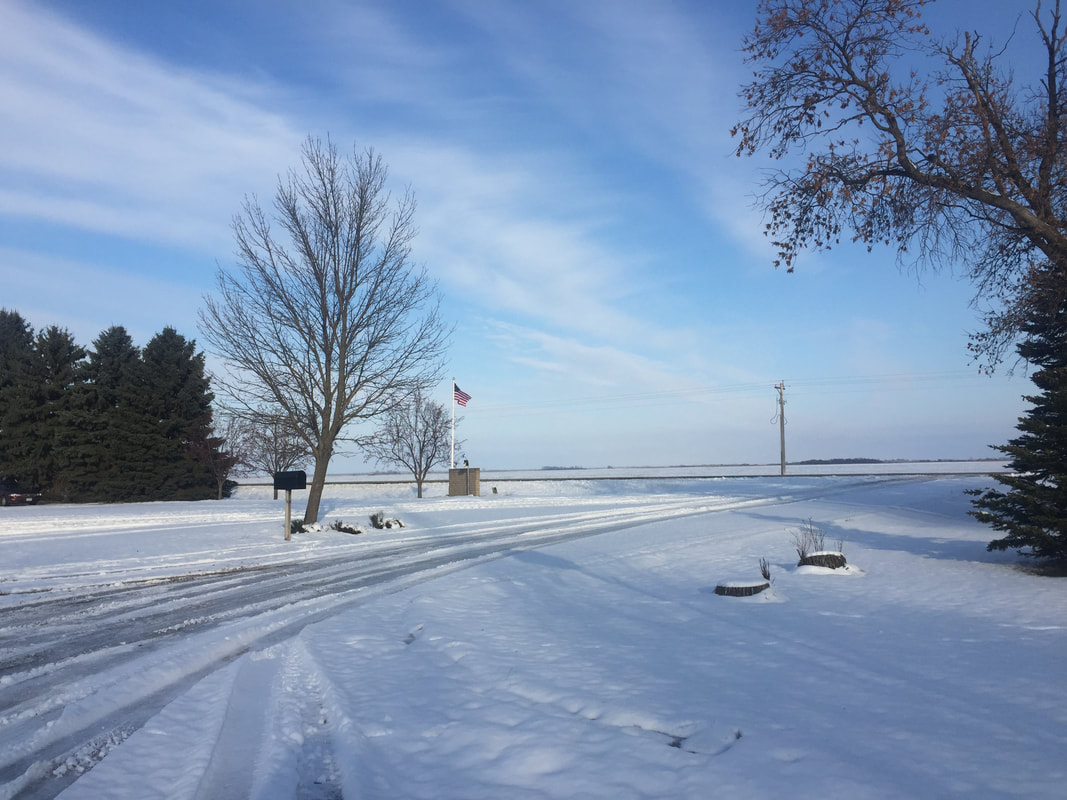
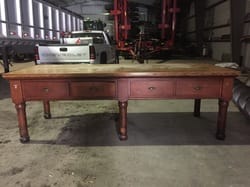
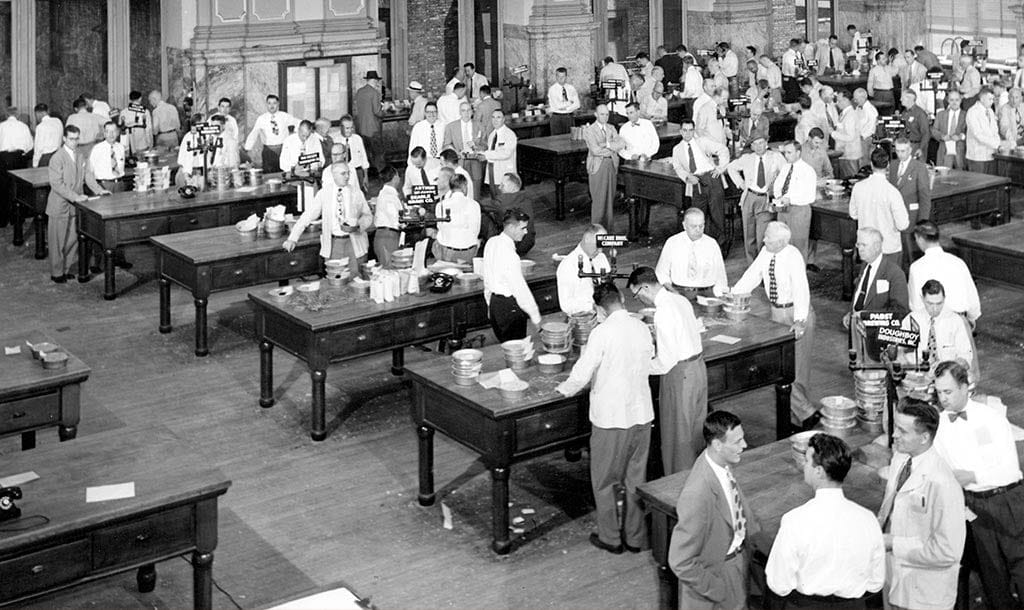
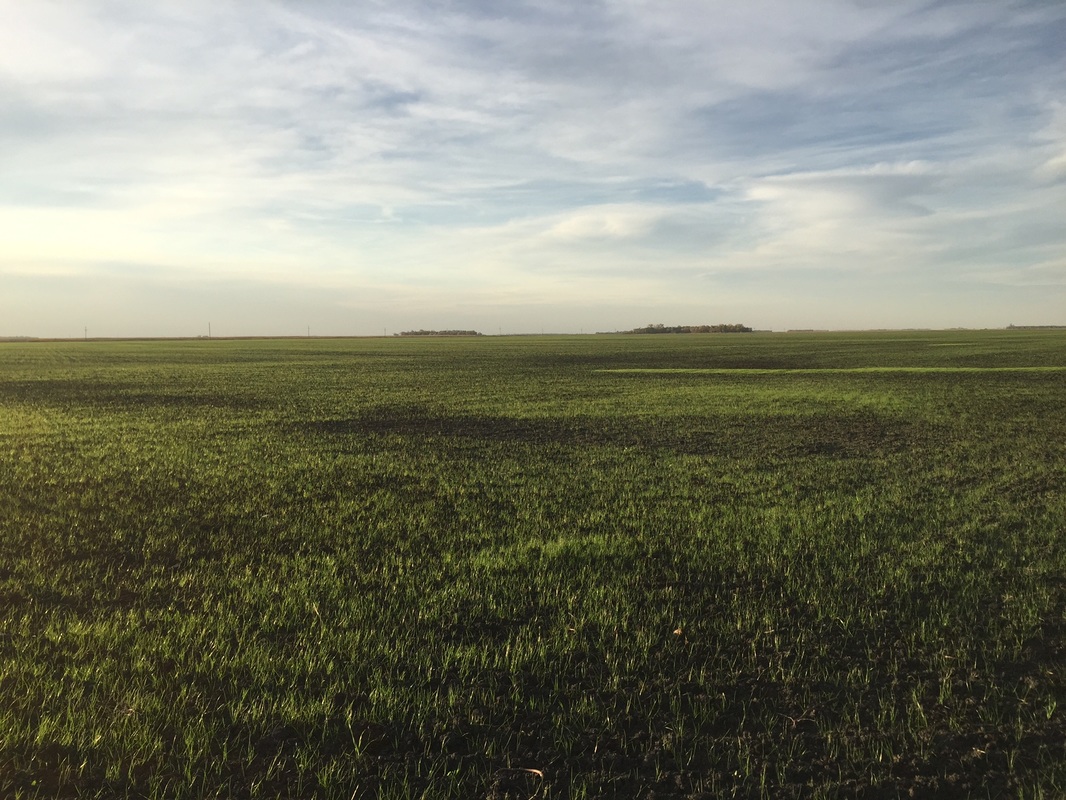
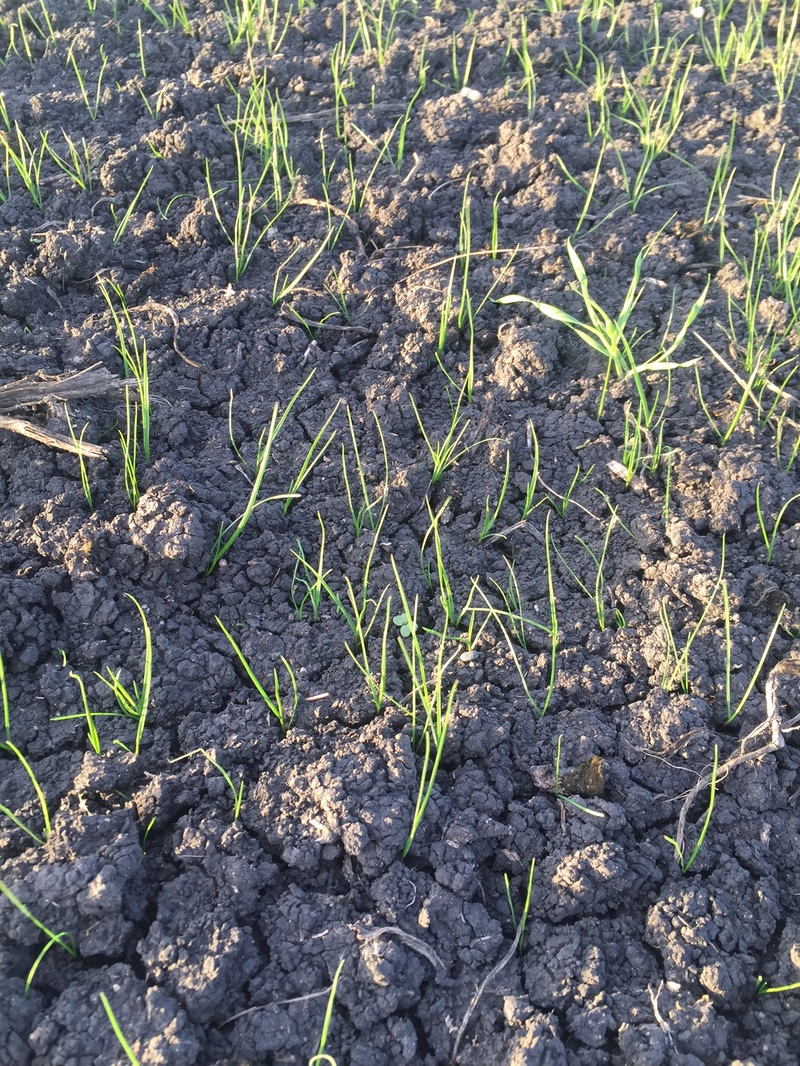

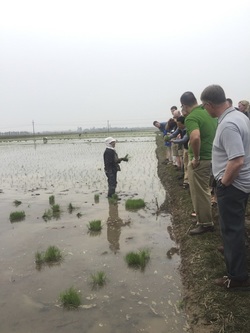
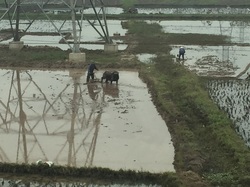
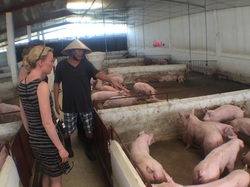
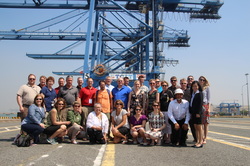
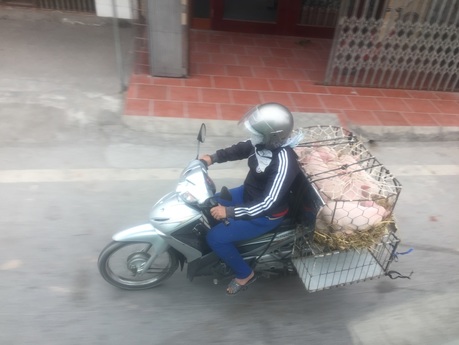
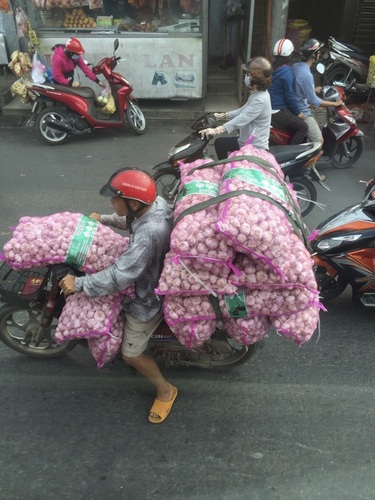
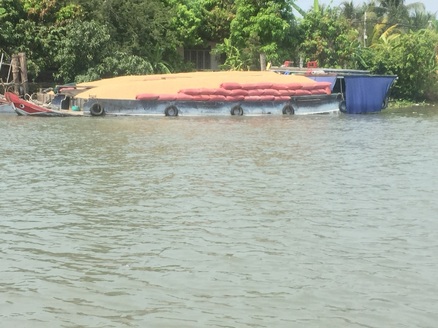

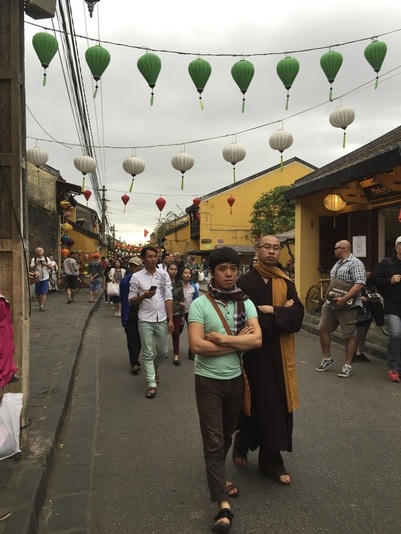
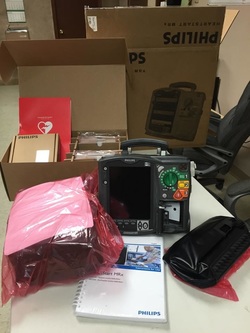
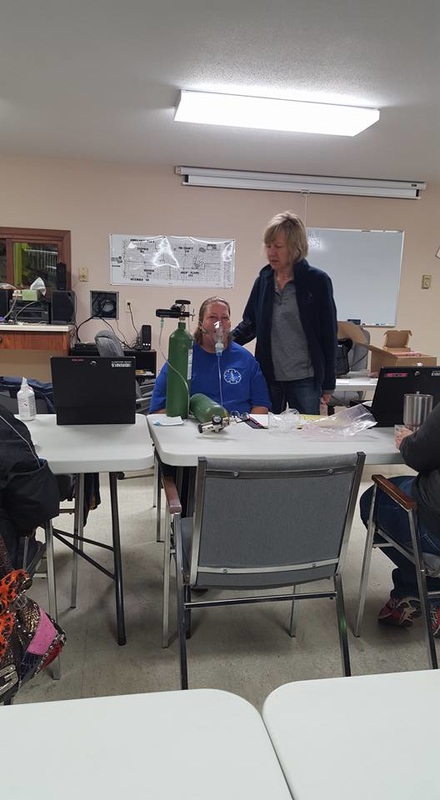
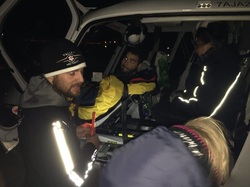
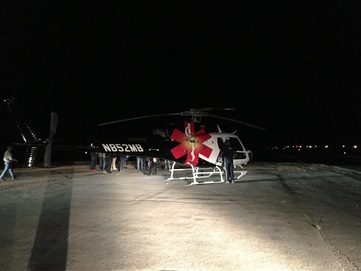
 RSS Feed
RSS Feed